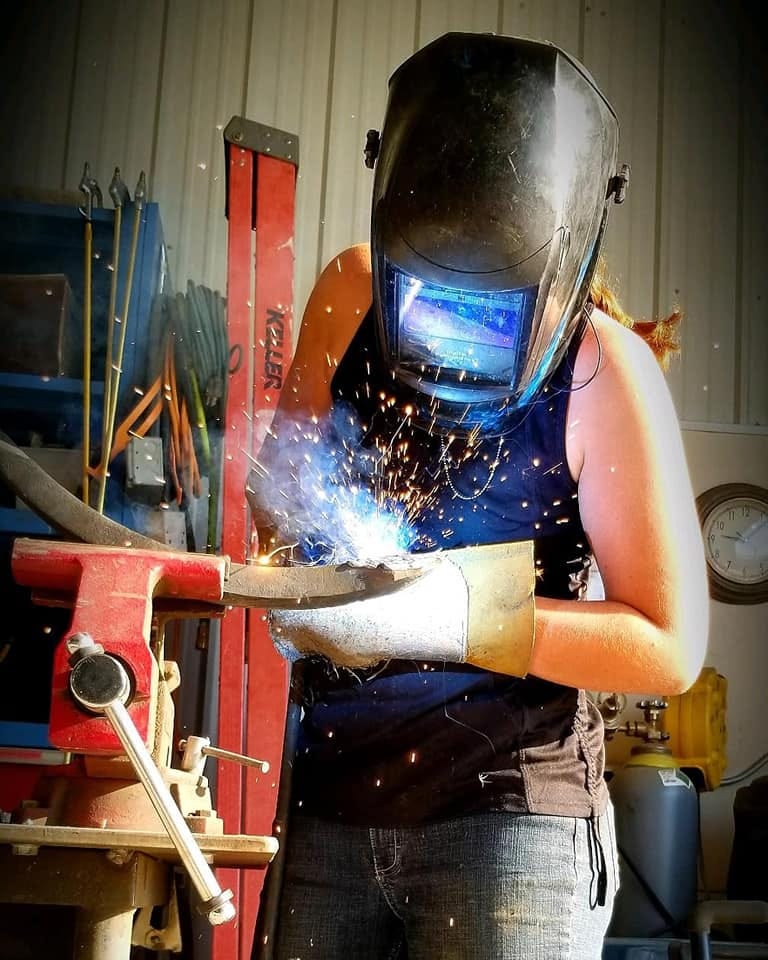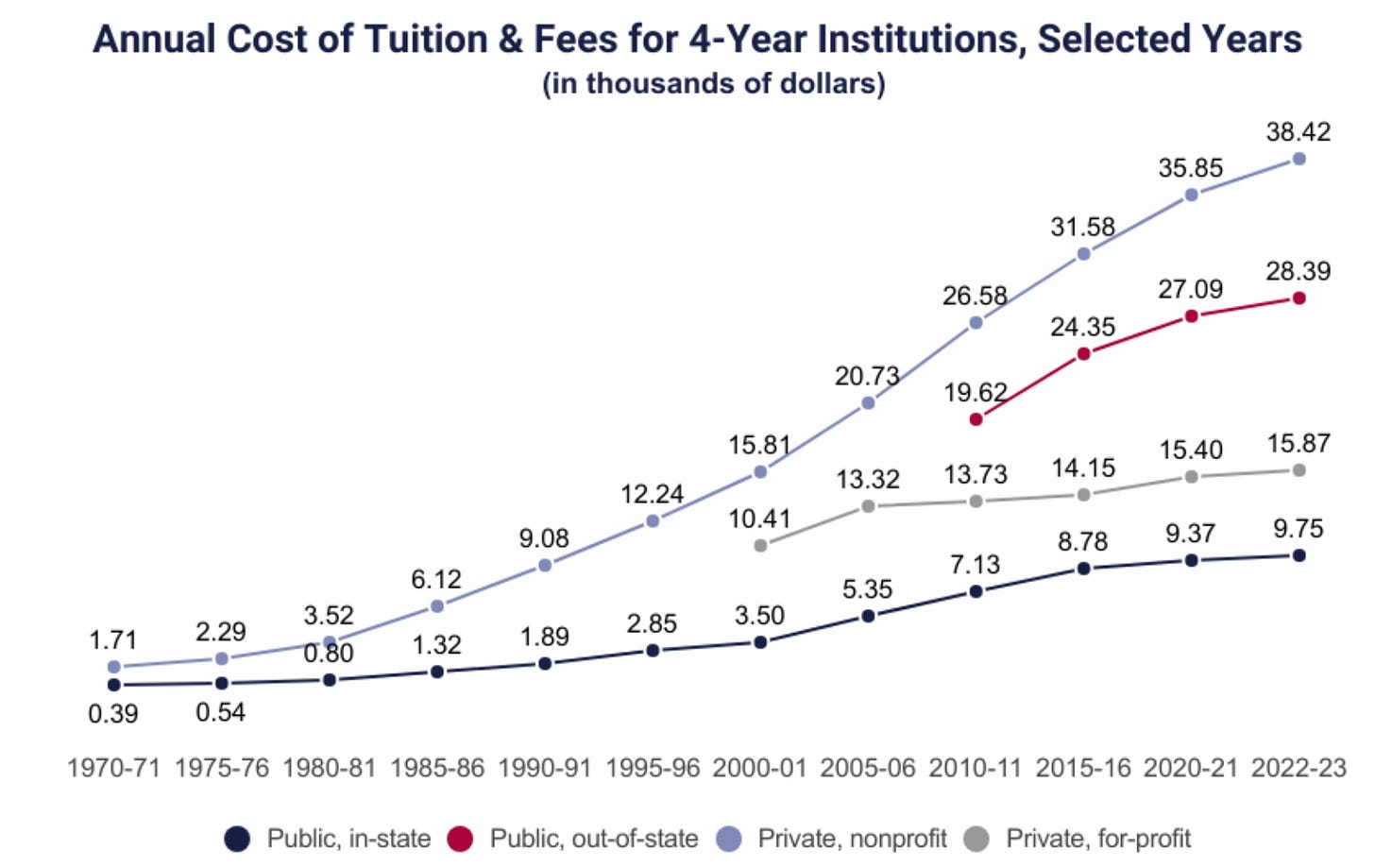If you — or someone you know — has a teen that has just graduated from high school and is unsure about his or her next steps, you aren’t alone. Many students are feeling conflicted about the need to head off to college versus the financial realities that come with that: the cost of tuition, the delaying of real income for the next four to five years, and the idea of sitting in yet more classrooms for the foreseeable future. Some of these young adults may be tempted to buck the current definition of “success” — a four-year degree — and begin a career in the trades NOW.
But IS a Degree the ONLY Ticket to Success?
An April 2024 article from NPR highlighted the trend of bypassing college by noting survey results from a D.C.-based education and economy think tank that found that “[m]ore than half of Gen Zers say it's possible to get a well-paying job with only a high school diploma, provided one acquires other skills.” Additionally, NPR cited a finding from the Education Data Initiative (EDI), a resource for data about the U.S. education system, which noted that the cost of college “has more than doubled in the 21st century.” Another interesting point from the EDI report estimated that “investing in a bachelor’s degree can ultimately cost in excess of $500,000,” when both student loan interest and the loss of full-time income over the college years are factored in.
The NPR article also highlighted the fact that cost is not the only factor that has been encouraging Gen Z to look at the trades as an option. While many people have begun to use artifical intelligence (AI) more regularly and with less hesitation, NPR noted that “many Gen Zers see manual labor as less vulnerable to the emerging technology than white-collar alternatives.” Said another way, using AI in the skilled trades may have a larger positive effect by making certain elements of the job easier and quicker to perform; alternatively, according to Business Insider, almost 12 million people in positions with shrinking demand are projected to have to find new jobs by 2030, the majority of them in administrative assistance, customer service, and food sales. While this is still just speculation to some degree in the early days of this emerging tech — and new jobs that don’t yet exist are sure to be created — students are being asked to gamble on their futures TODAY; many are beginning to take the more direct route to well-paid, in-demand employment via skilled professions.
What IS the Skilled Profession Alternative?
Many students — and their parents — might find it educational to investigate local and national job boards to find the in-demand fields and their accompanying salary ranges; websites like the one for Be Pro Be Proud SC, a non-profit that introduces skilled trades to middle- and high-school students around South Carolina via hands-on and VR simulators in a traveling Mobile Workshop, has information about different professions, training, apprenticeships, and jobs available right now. It might also interest parents to know that the number of students enrolled in “vocational-focused community colleges increased 16% from 2022 to 2023,” according to NPR in the April article, which consulted the National Student Clearinghouse Research Center (NSCRC) for its data. As of May 22, 2024, NSCRC updated the report to show that community college enrollment rose another 4.7% between Spring 2023 and Spring 2024. It looks like tech school is getting COOL.
The increased need for skilled workers in the trades is not a problem that affects only new grads or the companies who are struggling to keep up with consumer demand; this worker shortage promises a tidal wave of challenges for us all. With a median worker age in the mid-40’s for many unseen but essential professions — from HVAC to plumbing to lineworker to truck driver — we will all feel the hit when the next generation retires from their hands-on jobs and no one is there to fill their shoes. How long will it take to get your home air conditioning or your local grocery store freezer fixed in July, do you think? Will that item you ordered from across the country actually get to you before Christmas? Are you prepared to go without electricity for more than a few hours? These are things handled by people who typically have no college degree but perform functions so essential that we likely don’t notice them until they are gone. And how many of us can say that we could perform these specialized jobs ourselves right now? Food for thought.
Independence Day
The time for stigmatizing the lack of a college degree has passed. Let’s give credit where credit is due, and that is to ANYONE who gets up every day and heads to work, regardless of whether the office is indoors or out. People who happen to choose to work in skilled trades do, however, count their blessings in many ways that most office-based employees do not:
They go home each night and put the work away until their next shift.
They quickly see a finished product and can point to it with pride.
They probably have little-to-no school debt.
They have probably spent at least four years longer in the full-time workforce, earning and saving money for their families and their futures.
They typically have learned at least one hands-on skill that most people do not have — this allows them to save money on repairs at home, and they are the ones you call on in an emergency.
So let’s encourage our students to follow the path that interests them, regardless of whether or not a diploma waits at the end. And let’s encourage a path that leads to financial independence and self-sufficiency, not to mention pride in a job well done. THAT is a much richer definition of success, for all of us.





